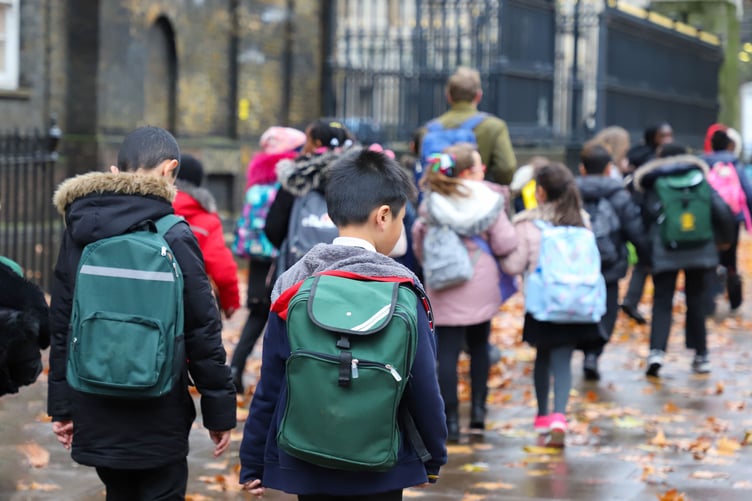YESTERDAY, I walked over to my nearest shop to buy some lunch. So far, so everyday - barely worth of note, you might think.
And yet, I have to admit that I was very close to jumping in the car and driving over. I’ve become conditioned to think that this will be quicker; in reality, by the time I’ve navigated a busy junction and circled the car park several times in search of a space, there probably isn’t much in it.
On balance, the weather was nice and I needed a break, not to mention some fresh air and exercise. I bumped into a few people I knew, and I came home with a bouquet of dandelion leaves for our rabbits to boot.
Living Streets, the UK charity for everyday walking, would be proud of me. It claims a 20-minute walk on your lunch break can help to stave off chronic conditions like heart disease, certain cancers and diabetes, as well as keeping us socially active and - good news for my boss - increasing productivity by 30 per cent.
For those at the younger age of the spectrum, October is International Walk to School Month. Living Streets has calculated that fewer than half of England’s primary school-aged children are walking to school, a drop from 70 per cent a generation ago. It would like to see 60 per cent on foot by 2029.
Living Streets estimates that a quarter of all cars on the road each morning are on the school run. I think most of them might be parked in my street.
I live next door to a primary school, and can attest that it is bedlam during school drop-off and pick-up: cars abandoned willy-nilly on corners while parents accompany little ones to the gate, engines idling while grandparents wait for older kids to find them.
Some vehicles are so big, it makes it hard to see approaching traffic or pedestrians. Consequently, I avoid driving at this time of day if at all possible.
Living Streets invites schools to take part in its WOW - walk or wheel – challenge, often incentivised by curriculum-aligned activities including scavenger hunts and diaries. It seems to work - Living Streets claims WOW schools see 59 per cent fewer car journeys to the school gates.
Come rain or shine, I walked to school. Disclaimer: we didn’t have a car, and between the ages of five and 11, I could see my school from my living room window.
In contrast, Daughter had some distance to walk to her primary school (not the one next door, which was over-subscribed – part of the problem, surely). For years, walking her there was my main source of exercise.
She now walks a similar distance in the other direction to reach secondary school. Just occasionally – if it’s raining, or she has an extra-heavy bag to carry, or has to stay late for a revision session - I might take pity on her and use the wheels. If she’s running late having spent too long checking her socials, I tell her to walk quicker to teach her a lesson.
En route, Daughter has to cross five lanes of one of Cornwall’s busiest roads (it even has the dubious accolade of coming second in Devon and Cornwall Police’s speeding ticket chart). Safer roads and slower speeds are just two of the factors that would encourage more families to walk to school; less traffic, more considerate driving, better crossing points, cleaner air, good lighting and a ban on pavement parking are a few more, none of them surprising.
On top of all that, many parents don’t feel confident allowing their children to walk alone, but don’t have the time to walk with them and reach work by 9am.
The issue is amplified in rural areas. According to the 2023 National Travel Survey, 48 per cent of five to 16-year-olds in urban cities and towns walk to school compared with 37 per cent in larger rural areas and just 14 per cent in villages and hamlets, where distances are longer and less pedestrian-friendly.
Remember eight-year-old Barkley Sharp? Upon reaching year 4, he had his council-funded taxi withdrawn and was told he could walk to school from Mitchell to Summercourt, until his dad pointed out the farm entrances and the ford that raged after heavy rains (even then, it was a long old fight). Perhaps this is why Cornwall doesn’t feature among Living Street’s local branches, or its WOW participants.
Overcoming such obstacles requires a combined approach from national government, local authorities and schools to make walking not only more appealing, but feasible. I’d certainly would policies making it easier for parents to walk their kids to school and leave the car at home.
Anyway, I must end this column now, as I have a MumCabs appointment to pick Daughter up from a homework club. Ciao!





Comments
This article has no comments yet. Be the first to leave a comment.